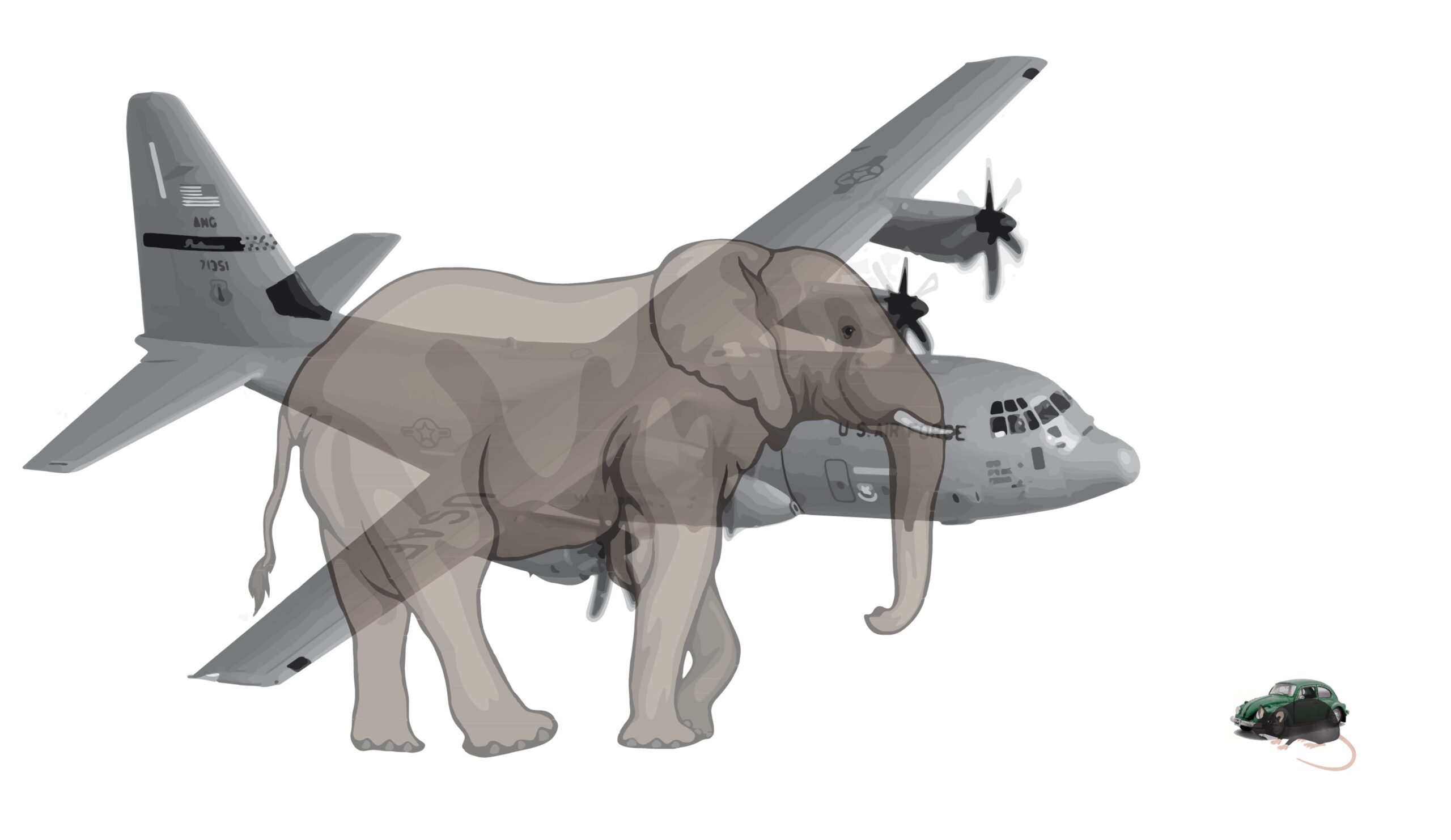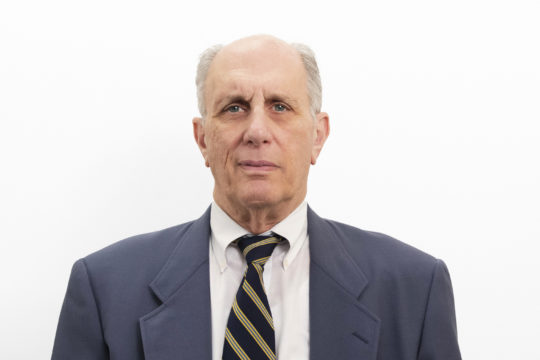How a Scoville aneurysm clip fought in the Cold War and helped to establish neurosurgery in Iceland
Samuel H. Greenblatt MA MD, Thoroddur Bjarnason PhD, Thorbjorg Thoroddsdottir, Kristinn Guðmundsson MD, Matthew J. Hagan MD, and Albert E. Telfeian MD PhD

 It can be said that the specialty of neurosurgery in Iceland had its beginnings on November 30, 1971, with the arrival of a huge American C-130 Hercules aircraft. It was carrying a small package containing Scoville aneurysm clips. They were sent to the late Bjarni Hannesson (1938–2013), who had received his neurosurgical training in 1967–1971 at the Dartmouth-Hitchcock Medical Center (then known as Mary Hitchcock Memorial Hospital and located in Hanover, New Hampshire). He used one to clip the right posterior communicating artery aneurysm of a 34-year-old fisherman, who recovered well. The apparent reason for the use of such a huge aircraft for such a small payload is to be found in the sociocultural politics of the Cold War. It involved the continued presence of the American base at Keflavík, where the C-130 landed. The base was under pressure to be closed by Iceland’s left-leaning, nominally communist government.
It can be said that the specialty of neurosurgery in Iceland had its beginnings on November 30, 1971, with the arrival of a huge American C-130 Hercules aircraft. It was carrying a small package containing Scoville aneurysm clips. They were sent to the late Bjarni Hannesson (1938–2013), who had received his neurosurgical training in 1967–1971 at the Dartmouth-Hitchcock Medical Center (then known as Mary Hitchcock Memorial Hospital and located in Hanover, New Hampshire). He used one to clip the right posterior communicating artery aneurysm of a 34-year-old fisherman, who recovered well. The apparent reason for the use of such a huge aircraft for such a small payload is to be found in the sociocultural politics of the Cold War. It involved the continued presence of the American base at Keflavík, where the C-130 landed. The base was under pressure to be closed by Iceland’s left-leaning, nominally communist government.
Read the Full Text Here
Figures created and/or formatted by the Department of Neurosurgery’s in-house medical illustrator Kendall Rivera Lane.
